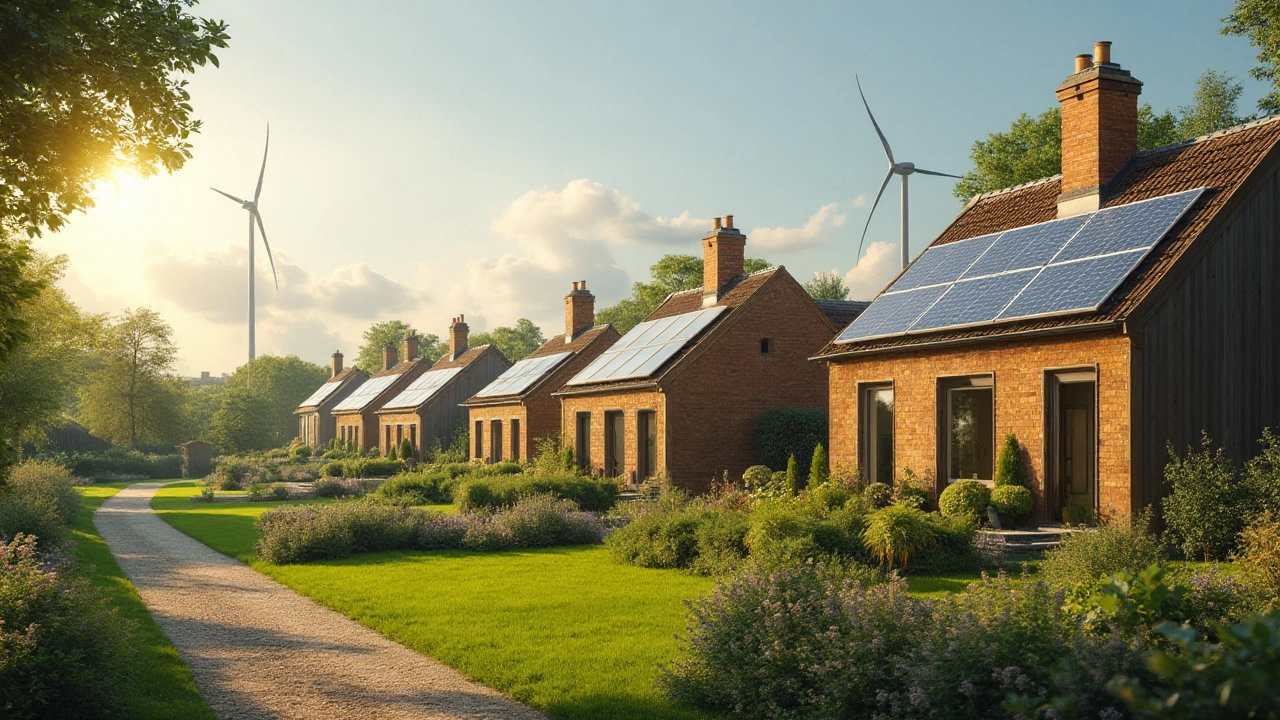Economical House Shapes: Smart, Affordable Home Designs
Looking for a home that won’t break the bank? The shape of a house can cut costs big time. Simple layouts use less material, need less heating, and make furniture placement easier. Below we break down the most wallet‑friendly shapes and give you practical tips to get the most out of a small floor plan.
Top Budget‑Friendly Shapes
Rectangular or square cottages are the classics. Straight walls mean standard‑size lumber and roofing, which keeps prices low. An L‑shaped plan adds a tucked‑in corner that can become a cozy reading nook or a compact kitchen without adding extra walls.
Tiny houses take the idea further. With a footprint under 400 sq ft, they use every inch wisely. A loft bedroom adds sleeping space without expanding the base area. The tiny‑house post on drawbacks reminds you to check local regulations before you go full‑micro.
One‑story bungalows are another cheap option. No stairs mean you save on structural work and make the home accessible for everyone. Pair a bungalow with an open‑plan living area and you’ll have a light, airy feel even in a modest square‑meter count.
Design Tricks to Stretch Your Space
Use built‑in storage wherever you can. A bench with a hidden compartment under the stairs (if you have them) or wall‑mounted shelves keep clutter off the floor and make rooms feel larger.
Maximize natural light. Large windows or skylights cut down on lighting bills and make a compact room look bigger. The eco‑friendly homes article shows how solar‑ready roofs add savings over time.
Keep the floor plan open. Removing unnecessary walls lets air flow, reduces heating costs, and gives you flexible spaces that can change as your needs do.
Choose materials wisely. Reclaimed timber, insulated panels, and simple roofing shingles offer durability without the premium price of high‑end finishes. Many cottage‑renovation fans swear by these choices for a rustic look that stays affordable.
Finally, think about future expansion. A modular design means you can add a room later when the budget allows, instead of rebuilding from scratch.
These ideas work whether you’re eyeing a country cottage, a sleek tiny house, or a low‑cost bungalow. Browse our other posts for deeper dives—like how many rooms a cottage typically has or what makes a house truly eco‑friendly. Ready to pick a shape that fits your budget? Start planning today and watch the savings add up.

The Best House Shapes for Eco-Friendly Living
In the quest for sustainable living, choosing the right house shape can significantly impact both environmental footprint and cost efficiency. The design of a home influences energy use, heating and cooling efficiency, and material waste. Embracing compact, simple shapes can lead to substantial economic and environmental benefits. Explore the most eco-friendly house shapes that balance sustainability with affordability, optimizing your living space for better energy consumption.
Continue Reading